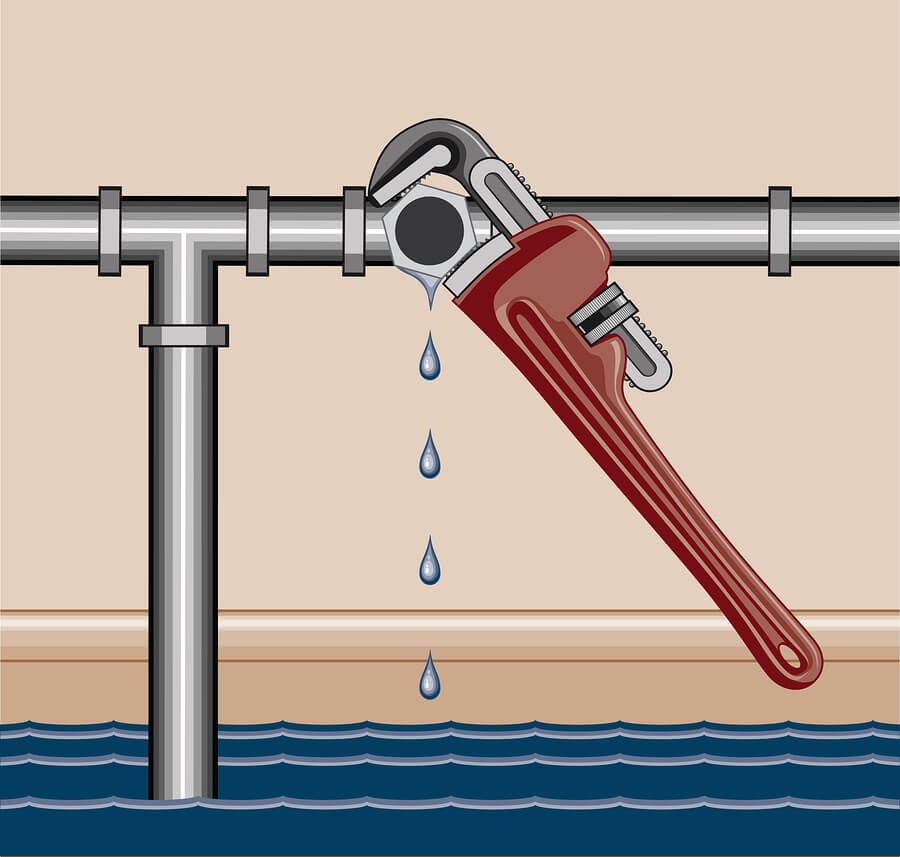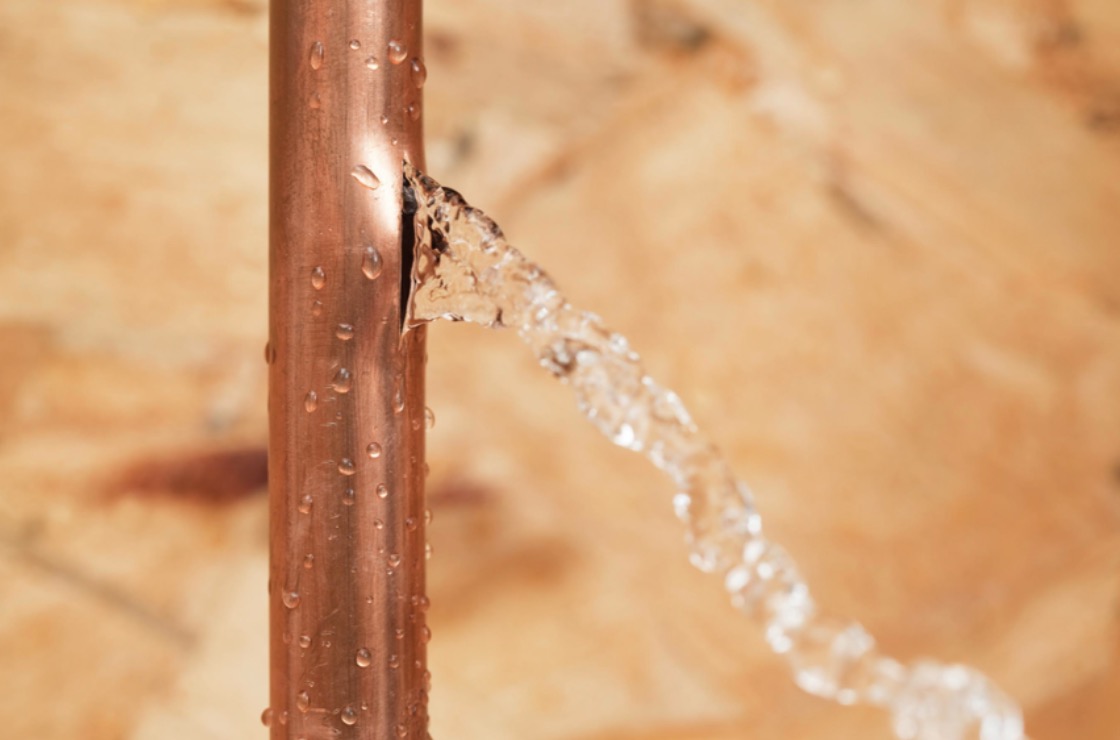Expose the Most Frequent Origins of Water Leaks Within Your House
Expose the Most Frequent Origins of Water Leaks Within Your House
Blog Article
Were you hunting for help and advice about Top Causes of Home Water Leaks?

Leakages not just cause waste of water yet can likewise cause unneeded damage to your residence and advertise undesirable organic growth. By looking and also understanding for daily circumstances that create leaks, you can secure your residence from future leakages and unnecessary damage.
Immediate temperature level modifications.
Extreme temperature level modifications in our pipes can create them to broaden and get all of a sudden. This growth and tightening might trigger cracks in the pipelines, especially if the temperature level are below cold.
Rusty water systems
This might be the reason of discoloration or bending on your water pipes. If our plumbing system is old, consider changing the pipes considering that they are at a higher threat of corrosion than the more recent models.
Faulty Pipeline Joints
Pipe joints can weaken over time, resulting in water leaks. If you have noisy pipelines that make ticking or banging sounds, especially when the hot water is transformed on, your pipeline joints are possibly under a lot of stress.
Intruding origins
The majority of water leaks start outside the home instead than inside it. You could see wet patches or sinkholes in your yard, as well as that may indicate that tree origins are attacking water lines creating water to permeate out.
Poor Water Connectors
At times, a leakage can be caused by loosened hoses and pipelines that supply your appliances. In situation of a water connections leakage, you might see water running directly from the supply line or puddles around your devices.
Blocked Drains
Blocked drains pipes may be frustrating and inconveniencing, yet they can often end up creating an overflow causing break pipes. Maintain eliminating any materials that might decrease your drains pipes that can obstruct them to stay clear of such inconveniences.
All the above are reasons for leakages but not all water leaks result from plumbing leaks; some leakages could originate from roof covering leakages. All leaks ought to be repaired immediately to stay clear of water damages.
Leaks not only create waste of water yet can likewise cause unneeded damage to your home and also advertise unwanted natural growth. By looking and recognizing for daily scenarios that trigger leakages, you can secure your home from future leaks and also unnecessary damages. Today, we will look at six leakage causes that may be creating your pipes to leak.
At times, a leak can be created by loose hoses and also pipes that supply your home appliances. In situation of a water links leakage, you may see water running directly from the supply line or pools around your appliances.
How To Check For Water Leak In Your Home
How To Check for Leaks
The average household's leaks can account for nearly 10,000 gallons of water wasted every year and ten percent of homes have leaks that waste 90 gallons or more per day. Common types of leaks found in the home are worn toilet flappers, dripping faucets, and other leaking valves. These types of leaks are often easy to fix, requiring only a few tools and hardware that can pay for themselves in water savings. Fixing easily corrected household water leaks can save homeowners about 10 percent on their water bills.
To check for leaks in your home, you first need to determine whether you're wasting water and then identify the source of the leak. Here are some tips for finding leaks:
Take a look at your water usage during a colder month, such as January or February. If a family of four exceeds 12,000 gallons per month, there are serious leaks.
Check your water meter before and after a two-hour period when no water is being used. If the meter changes at all, you probably have a leak.
Identify toilet leaks by placing a drop of food coloring in the toilet tank. If any color shows up in the bowl after 10 minutes, you have a leak. (Be sure to flush immediately after the experiment to avoid staining the tank.)
Examine faucet gaskets and pipe fittings for any water on the outside of the pipe to check for surface leaks.
Undetected water leaks can happen without the home or business owner even realizing. If you suspect a water leak, but not able to find the source. It is time to contact a professional water leak detection service, The Leak Doctor.
How To Find a Water Leak In Your Home
https://www.leakdoctor.com/blog/How-To-Check-For-Water-Leak-In-Your-Home_AE197.html

Do you really like more info about How to Find Water Leaks? Try leaving a remark further down. We would be delighted to listen to your insights about this blog entry. We are looking forward to see you back again later on. Those who liked our post please do not forget to share it. Kudos for your time. Don't hesitate to come by our site back soon.
Secure your home, ring now. Report this page